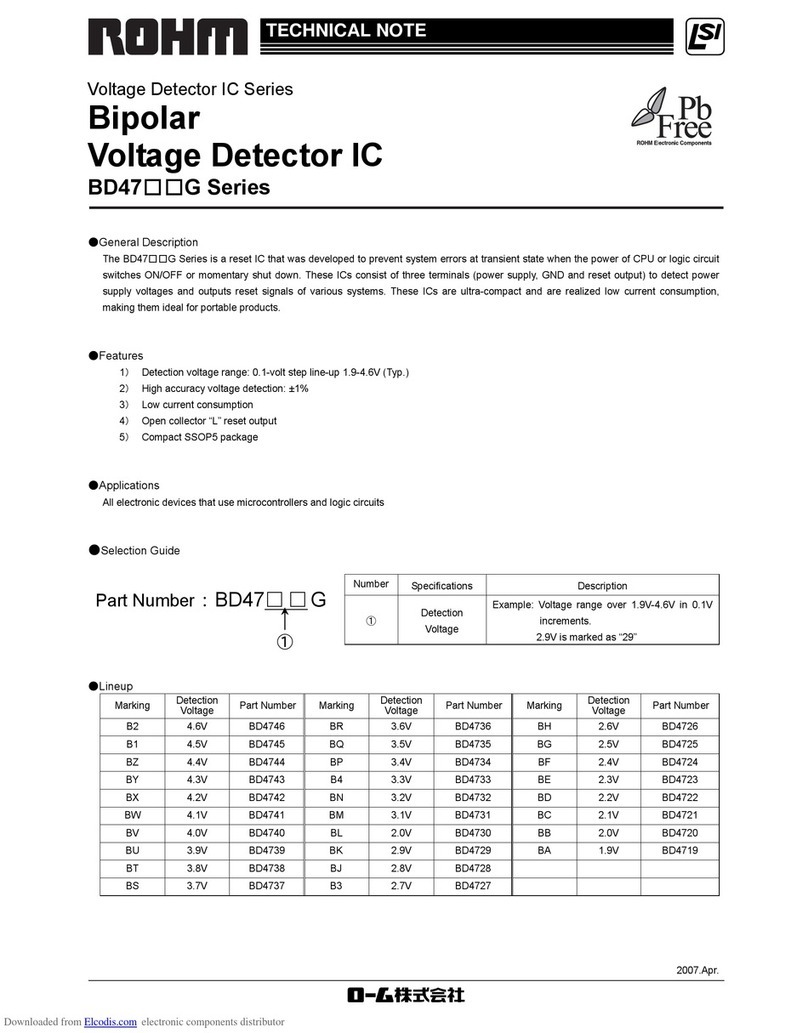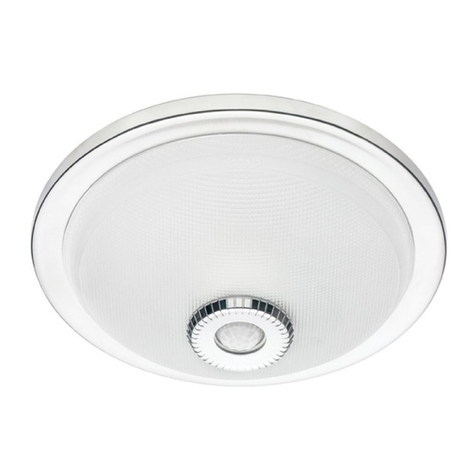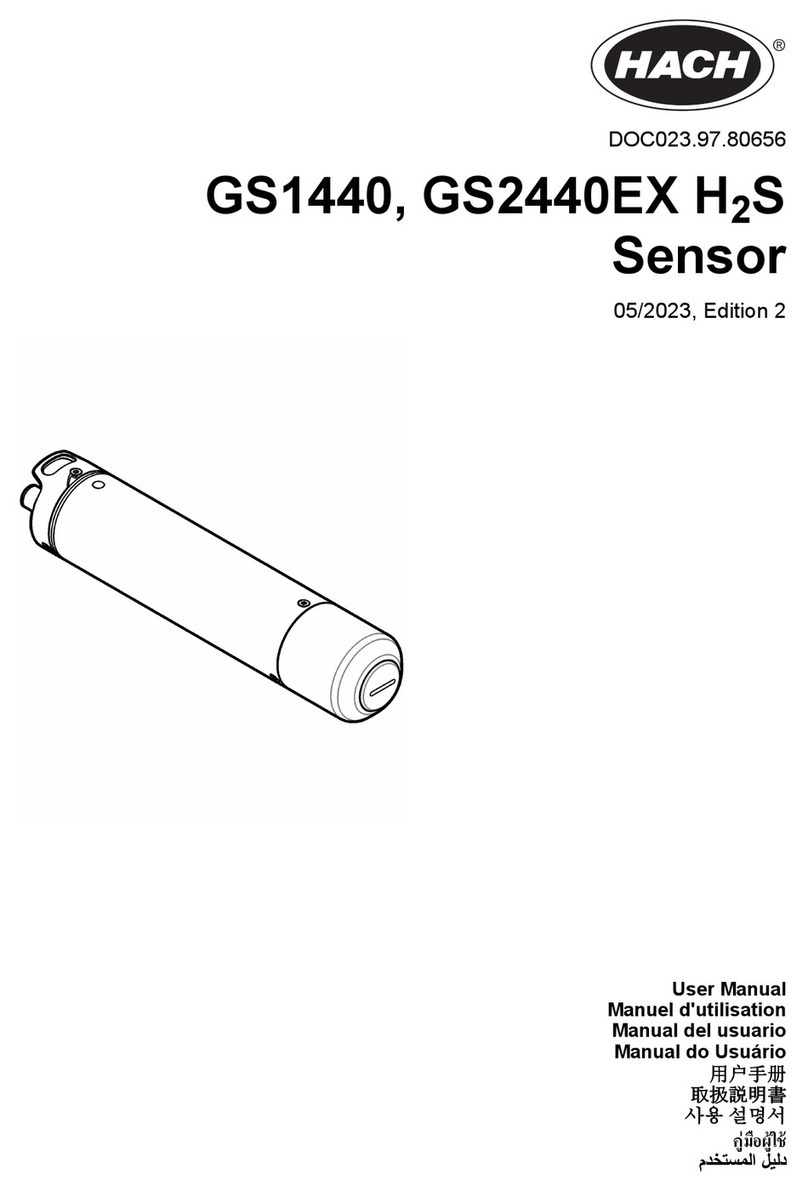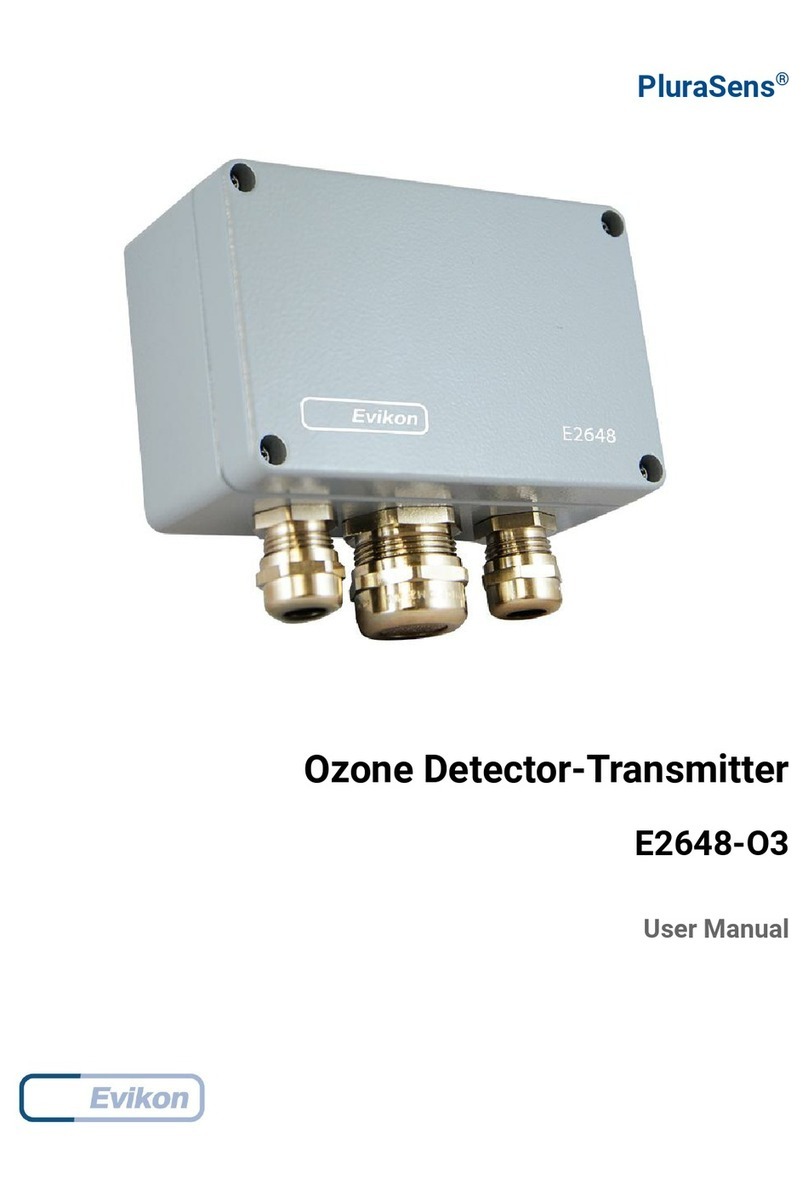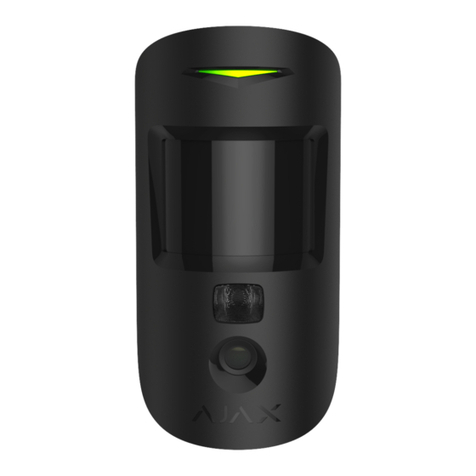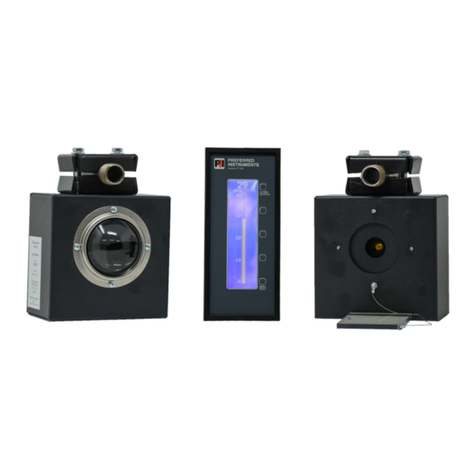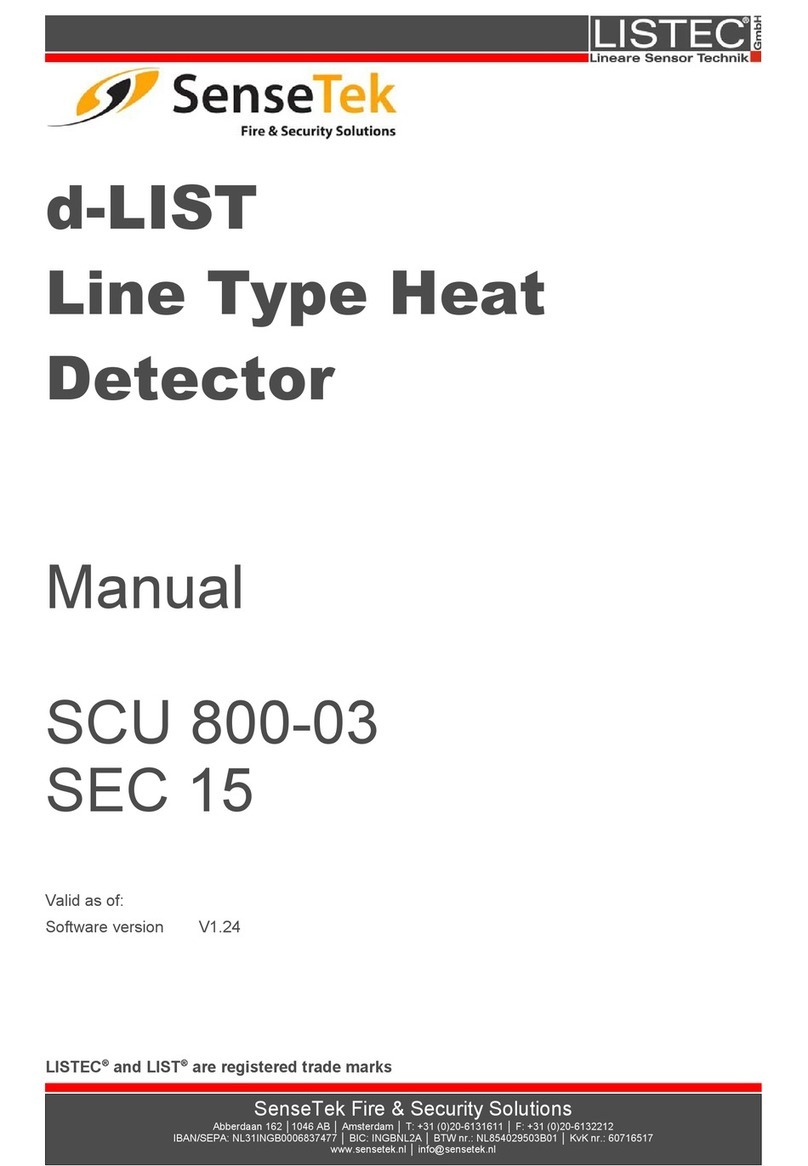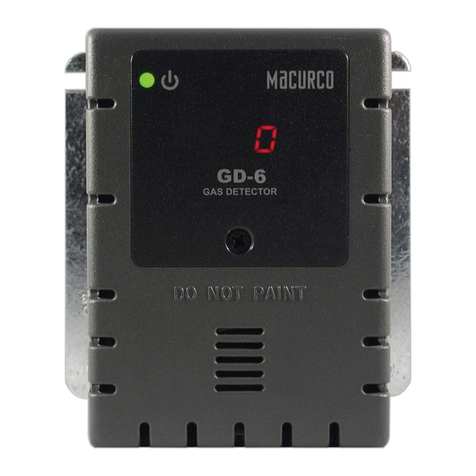Rohm IC Series Instruction Manual

TECHNICAL NOTE
Voltage Detector IC Series
Standard CMOS
Voltage Detector IC
BD48□□G/FVE,BD49□□G/FVE Series
●General Description
ROHM’s BD48□□G/FVE and BD49□□G/FVE series are highly accurate, low current consumption reset IC series. The lineup was
established with tow output types (Nch open drain and CMOS output) and detection voltages range from 2.3V to 6.0V in increments of 0.1V,
so that the series may be selected according the application at hand.
●Features
1)Detection voltage: 2.3V to 6.0V (Typ.), 0.1V steps
2)High accuracy detection voltage: ±1.0%
3)Ultra-low current consumption: 0.8µA (Typ.)
4)Nch open drain output (BD48□□G/FVE), CMOS output (BD49□□G/FVE)
5)Compact packages VSOF5: BD48□□FVE, BD49□□FVE
SSOP5: BD48□□G, B D 4 9 □□G
●Applications
All electronic devices that use microcontrollers and logic circuits
●Selection Guide
●Lineup
Marking Detection
Voltage
Part
Number Marking Detection
Voltage
Part
Number Marking Detection
Voltage
Part
Number Marking Detection
Voltage
Part
Number
EW 6.0V BD4860 EB 4.1V BD4841 GW 6.0V BD4960 GB 4.1V BD4941
EV 5.9V BD4859 EA 4.0V BD4840 GV 5.9V BD4959 GA 4.0V BD4940
EU 5.8V BD4858 DV 3.9V BD4839 GU 5.8V BD4958 FV 3.9V BD4939
ET 5.7V BD4857 DU 3.8V BD4838 GT 5.7V BD4957 FU 3.8V BD4998
ES 5.6V BD4856 DT 3.7V BD4837 GS 5.6V BD4956 FT 3.7V BD4937
ER 5.5V BD4855 DS 3.6V BD4836 GR 5.5V BD4955 FS 3.6V BD4936
EQ 5.4V BD4854 DR 3.5V BD4835 GQ 5.4V BD4954 FR 3.5V BD4935
EP 5.3V BD4853 DQ 3.4V BD4834 GP 5.3V BD4953 FQ 3.4V BD4934
EN 5.2V BD4852 DP 3.3V BD4833 GN 5.2V BD4952 FP 3.3V BD4933
EM 5.1V BD4851 DN 3.2V BD4832 GM 5.1V BD4951 FN 3.2V BD4932
EL 5.0V BD4850 DM 3.1V BD4831 GL 5.0V BD4950 FM 3.1V BD4931
EK 4.9V BD4849 DL 3.0V BD4830 GK 4.9V BD4949 FL 3.0V BD4930
EJ 4.8V BD4848 DK 2.9V BD4829 GJ 4.8V BD4948 FK 2.9V BD4929
EH 4.7V BD4847 DJ 2.8V BD4828 GH 4.7V BD4947 FJ 2.8V BD4928
EG 4.6V BD4846 DH 2.7V BD4827 GG 4.6V BD4946 FH 2.7V BD4927
EF 4.5V BD4845 DG 2.6V BD4826 GF 4.5V BD4945 FG 2.6V BD4926
EE 4.4V BD4844 DF 2.5V BD4825 GE 4.4V BD4944 FF 2.5V BD4925
ED 4.3V BD4843 DE 2.4V BD4824 GD 4.3V BD4943 FE 2.4V BD4924
EC 4.2V BD4842 DD 2.3V BD4823 GC 4.2V BD4942 FD 2.3V BD4923
2007.Apr.
Number Specifications Description
①Output Circuit
Format
8:Open Drain Output
9:CMOS Output
②Detection
Voltage
Example: Displays VS over a 2.3V to 6.0V
range in 0.1V increments.
(2.9V is marked as “29”)
③Package G:SSOP5 / FVE: VSOF5
②
Part Numbe
r
:BD4□□□□
①③

2/8
●Absolute Maximum Rating (Ta=25℃)
Parameter Symbol Limits Unit
Power Supply Voltage VDD–GND -0.3 ~ +10 V
Nch Open Drain Output GND -0.3 ~ +10
Output
Voltage CMOS Output
VOUT
GND -0.3 ~ VDD +0.3
V
SSOP5 *1
*3 540
Power
Dissipation VSOF5 *2
*3
Pd 210 mW
Operating Temperature Topr -40 ~ +105 ℃
Ambient Storage Temperature Tstg -55 ~ +125 ℃
*1 Use above Ta=25℃results in a 5.4mW loss per degree.
*2 Use above Ta=25℃results in a 2.1mW loss per degree.
*3 When a ROHM standard circuit board (70mm×70mm×1.6mm glass epoxy board) is mounted.
●Electrical Characteristics (Unless specified otherwise, Ta=-40℃~+105℃)
Parameter Symbol Min. Typ. Max. Unit Conditions
Detection Voltage * VS VS(T)×0.99 VS(T) VS(T)×1.01 V VDD=H→L, RL=470kΩ
Detection Voltage
Temperature Coefficient
VS/∆T -±100 -ppm/℃Ta=-40 to +105℃(Designed Guarantee)
Hysteresis Voltage ∆VS VS×0.03 VS×0.05 VS×0.08 V VS≧1.1V, RL=470kΩ, VDD=L→H→L
Circuit Current at ON * IDD1 -0.66 1.98 µA VDD=VS-0.2V, VS=5.3~6.0V
Circuit Current at OFF * IDD2 -0.9 2.7 µA VDD=VS+2.0V, VS=5.3~6.0V
Operating Voltage Range * VOPL 0.95 --V VOL0.4V
“Low” Output Current (Nch) IOL 2 4 -mA VDS=0.5V, VDD=2.4V, VS=2.7V~6.0V
“High” Output Current (Pch) IOH 1.1 2.2 -mA VDS=0.5V, VDD=8.0V, VS=5.3V~6.0V
* Guarantee on Ta=25℃
Designed Guarantee. (Outgoing inspection is not done an all products.)
●Block Diagrams
BD48□□G/FVE
Fig.1
BD49□□G/FVE
Fig.2
SSOP5 VSOF5
PIN No. Symbol Function PIN No. Symbol Function
1 VOUT Reset Output 1 VOUT Reset Output
2 VDD Power Supply Voltage 2 SUB Substrate*
3 GND GND
3 N.C.
Unconnected Terminal
4 N.C. Unconnected Terminal 4 GND GND
5 N.C.
Unconnected Terminal 5 VDD Power Supply Voltage
*Connect the substrate to GND.
VOUT
VDD
GND
Vref
VOUT
VDD
GND
Vref
TOP VIEW TOP VIEW

3/8
●Reference Data (Unless specified otherwise, Ta=25℃)
Fig.3 Circuit Current
0.0
0.5
1.0
1.5
2.0
012345678910
VDD SUPPLY VOLTAGE :VDD[V]
CIRCUIT CURRENT :IDD [µA]
【BD4842G/FVE】
0
5
10
15
20
0.0 0.5 1.0 1.5 2.0 2.5
DRAIN-SOURCE VOLTAGE :VDS
[V]
"LOW" OUTPUT CURRENT :IOL[mA]
【BD4842G/FVE】
VDD=2.4V
VDD=1.2V
Fig.4 “Low” Output Current
0.0
0.2
0.4
0.6
0.8
1.0
00.511.522.5
SUPPLY VOLTAGE : [V]
OUTPUT VOLTAGE :VOUT[V]
【BD4842G/FVE】
Fig.7 Operating Limit Voltage Fig.8 Detection Voltage
Release Voltage
3.0
3.4
3.8
4.2
4.6
5.0
5.4
-40 0 40 80
TEMPERATURE :Ta[℃]
DETECTION VOLTAGE :VS[V]
【BD4842G/FVE】
Low to High(VS+ΔVS)
High to Low(VS)
~
~
Fig.9 Circuit Current when ON
0.0
0.5
1.0
1.5
-40 -20 0 20 40 60 80 100
TEMPERATURE :Ta[℃]
CIRCUIT CURRENT WHEN ON :IDD1[μA]
【BD4842G/FVE】
Fig.10 Circuit Current when OFF
0.0
0.5
1.0
1.5
-40 -20 0 20 40 60 80 100
TEMPERATURE :Ta[℃]
CIRCUIT CURRENT WHEN OFF :IDD2[μA]
【BD4842G/FVE】
Fig.11 Operating Limit Voltage
0.0
0.5
1.0
1.5
-40 -20 0 20 40 60 80 100
TEMPERATURE :Ta[℃]
MINIMUM OPERATION VOLTAGE :VOPL[V]
【BD4842G/FVE】
0
5
10
15
20
25
30
35
40
45
0123456
DRAIN-SOURCE VOLTAGE :VDS
[V]
"HIGH" OUTPUT CURRENT :IOH[mA]
【BD4942G/FVE】
VDD=8.0V
VDD=6.0V
VDD=4.8V
Fig.5 “High” Output Current
Fig.6 I/O Characteristics
0
1
2
3
4
5
6
7
8
9
0 0.5 1 1.5 2 2.5 3 3.5 4 4.5 5 5.5
VDD SUPPLY VOLTAGE :VDD[V]
OUTPUT VOLTAGE
:VOUT[V]
【BD4842G/FVE】
Ta=25℃
Ta=25℃

4/8
●Reference Data
Examples of Leading (TPLH) and Falling (TPHL) Output
Part Number TPLH (µs) TPHL (µs)
BD4845G/FVE 39.5 87.8
BD4945G/FVE 32.4 52.4
VDD=4.3V→5.1V VDD=5.1V→4.3V
*This data is for reference only.
The figures will vary with the application, so please confirm actual operating conditions before use.
●Explanation of Operation
For both the open drain type (Fig. 12) and the CMOS output type (Fig. 13), the detection and release voltages are used as threshold voltages.
When the voltage applied to the VDD pins reaches the applicable threshold voltage, the VOUT terminal voltage switches from either “High” to
“Low” or from “Low” to “High”. Because the BD48□□G/FVE series uses an open drain output type, it is possible to connect a pull-up resistor to
VDD or another power supply [The output “High” voltage (VOUT) in this case becomes VDD or the voltage of the other power supply].
Fig.12 (BD48□□ Type Internal Block Diagram) Fig.13 (BD49□□ Type Internal Block Diagram)
●Timing Waveform
Example: the following shows the relationship between the input voltages VDD and the output voltage VOUT when the input power supply
voltage VDD is made to sweep up and sweep down (the circuits are those in Fig. 12 and 13).
① When the power supply is turned on, the output is unsettled from after
over the operating limit voltage (VOPL) until TPHL. There fore it is
possible that the reset signal is not outputted when the rise time of
VDD is faster than TPHL.
② When VDD is greater than VOPL but less than the reset release
voltage (VS + ∆VS), the output voltages will switch to Low.
③ If VDD exceeds the reset release voltage (VS + ∆VS), then VOUT
switches from L to H.
④ If VDD drops below the detection voltage (VS) when the power supply
is powered down or when there is a power supply fluctuation, VOUT
switches to L (with a delay of TPHL).
⑤ The potential difference between the detection voltage and the release
voltage is known as the hysteresis width (∆VS). The system is
designed such that the output does not flip-flop with power supply
fluctuations within this hysteresis width, preventing malfunctions due to
noise.
Vref
R1
R2
VDD
GND
Q1
VOUT
R3
RL
Vref
R1
R2
R3
Q2
Q1
VDD
VOUT
GND
VDD
VDET+ΔVDET
VDET
VOPL
0V
TPHL
①②
VOUT
TPLH
TPHL
TPLH
③④
VOL
VOH
⑤
Fig.14

5/8
●Circuit Applications
1)Examples of a common power supply detection reset circuit.
Application examples of BD48□□G/FVE series (Open Drain
output type) and BD49□□G/FVE series (CMOS output type) are
shown below.
CASE1: the power supply of the microcontroller (VDD2) differs
from the power supply of the reset detection (VDD1).
Use the open drain output type (BD48□□G/FVE) attached a
load resistance (RL) between the output and VDD2. (As shown
Figure 15)
CASE2: the power supply of the microcontroller (VDD1) is same
as the power supply of the reset detection (VDD1).
Use CMOS output type (BD49□□G/FVE) or open drain output
type (BD48□□G/FVE) attached a load resistance (RL) between
the output and Vdd1. (As shown Figure 16)
When a capacitance CL for noise filtering is connected to the
VOUT pin (the reset signal input terminal of the microcontroller),
please take into account the waveform of the rise and fall of the
output voltage (VOUT).
2) The following is an example of a circuit application in which an OR connection between two types of detection voltages resets the
microcontroller.
When there are many power supplies of the system, power supplies VDD1 and VDD2 are being monitored separately, and it is necessary
to reset the microcomputer, it is possible to use an OR connection on the open drain output type BD48□□G/FVE series to pull-up to the
desired voltage (VDD3) as shown in Fig. 17 and make the output “High” voltage matches the power supply voltage VDD3 of the
microcontroller.
VDD2VDD1 VDD3
GND
Microcontroller
RL
BD48□□□ BD48□□□ RST
VDD1
BD48□□□
VDD2
GND
Microcontroller
CL
(Noise-filtering
Capacitor)
RL
Fig.15 Open Collector Output Type
CL
(Noise-filtering
Capacitor)
VDD1
BD49□□□ Microcontroller
GND
Fig.16 CMOS Output Type
Fig.17

6/8
Examples of the power supply with resistor dividers
In applications where the power supply input terminal (VDD) of an IC with resistor dividers, it is possible that a through current will
momentarily flow into the circuit when the output logic switches, resulting in malfunctions (such as output oscillatory state).
(Through-current is a current that momentarily flows from the power supply (VDD) to ground (GND) when the output level switches from
“High” to “Low” or vice versa.)
Fig.18
A voltage drop of [the through-current (I1)] × [input resistor (R2)] is caused by the through current, and the input voltage to descends,
when the output switches from “Low” to “High”. When the input voltage decreases and falls below the detection voltage, the output voltage
switches from “High” to “Low”. At this time, the through-current stops flowing through output “Low”, and the voltage drop is eliminated. As a
result, the output switches from “Low” to “High”, which again causes the through current to flow and the voltage drop. This process is
repeated, resulting in oscillation.
VOUT
R2
VDD
BD48□□□
BD49□□□
GND
R1
I1
V1
CIN
IDD
VDD
VDET
0
Throu
g
h Current
Fi
g
.19 Current Consum
p
tion vs. Power Su
pp
l
y
Volta
g
e

7/8
zOperation Notes
1 . Absolute maximum range
Absolute Maximum Ratings are those values beyond which the life of a device may be destroyed. We cannot be defined the failure mode,
such as short mode or open mode. Therefore a physical security countermeasure, like fuse, is to be given when a specific mode to be
beyond absolute maximum ratings is considered.
2 . GND potential
GND terminal should be a lowest voltage potential every state.
Please make sure all pins, which are over ground even if, include transient feature.
3 . Electrical Characteristics
Be sure to check the electrical characteristics that are one the tentative specification will be changed by temperature, supply voltage, and
external circuit.
4 . Bypass Capacitor for Noise Rejection
Please put into the capacitor of 1µF or more between VDD pin and GND, and the capacitor of about 1000pF between VOUT pin and GND, to
reject noise. If extremely big capacitor is used, transient response might be late. Please confirm sufficiently for the point.
5 . Short Circuit between Terminal and Soldering
Don’t short-circuit between Output pin and VDD pin, Output pin and GND pin, or VDD pin and GND pin. When soldering the IC on circuit
board, please be unusually cautious about the orientation and the position of the IC. When the orientation is mistaken the IC may be
destroyed.
6 . Electromagnetic Field
Mal-function may happen when the device is used in the strong electromagnetic field.
7 . The VDD line inpedance might cause oscillation because of the detection current.
8 . A VDD -GND capacitor (as close connection as possible) should be used in high VDD line impedance condition.
9 . Lower than the mininum input voltage makes the VOUT high impedance, and it must be VDD in pull up (VDD) condition.
10. This IC has extremely high impedance terminals. Small leak current due to the uncleanness of PCB surface might cause unexpected
operations. Application values in these conditions should be selected carefully. If the leakage is assumed between the VOUT terminal and
the GND terminal, the pull-up resistor should be less than 1/10 of the assumed leak resistance.
11. External parameters
The recommended parameter range for RL is 10kΩ~1MΩ. There are many factors (board layout, etc) that can affect characteristics.
Please verify and confirm using practical applications.
12. Power on reset operation
Please note that the power on reset output varies with the VDD rise up time. Please verify the actual operation.
13. Precautions for board inspection
Connecting low-impedance capacitors to run inspections with the board may produce stress on the IC. Therefore, be certain to use
proper discharge procedure before each process of the test operation.
To prevent electrostatic accumulation and discharge in the assembly process, thoroughly ground yourself and any equipment that could
sustain ESD damage, and continue observing ESD-prevention procedures in all handing, transfer and storage operations. Before
attempting to connect components to the test setup, make certain that the power supply is OFF. Likewise, be sure the power supply is
OFF before removing any component connected to the test setup.
14. When the power supply, is turned on because of in certain cases, momentary Rash-current flow into the IC at the logic unsettled, the
couple capacitance, GND pattern of width and leading line must be considered.
●Part Number Selection
B D 4 -T R
Standard CMOS Reset IC Reset Voltage Value Package Taping Specifications
BD48: Open Drain Type 23: 2.3V G: SSOP5 Embossed Taping
BD49: CMOS Output Type to (0.1V step) FVE: VSOF5
60: 6.0V

8/8
The contents described herein are correct as of October, 2005
The contents described herein are subject to change without notice. For updates of the latest information, please contact and confirm with ROHM CO.,LTD.
Any part of this application note must not be duplicated or copied without our permission.
Application circuit diagrams and circuit constants contained herein are shown as examples of standard use and operation. Please pay careful attention to the peripheral conditions when designing circuits and deciding
upon circuit constants in the set.
Any data, including, but not limited to application circuit diagrams and information, described herein are intended only as illustrations of such devices and not as the specifications for such devices. ROHM CO.,LTD. disclaims any
warranty that any use of such devices shall be free from infringement of any third party's intellectual property rights or other proprietary rights, and further, assumes no liability of whatsoever nature in the event of any such
infringement, or arising from or connected with or related to the use of such devices.
Upon the sale of any such devices, other than for buyer's right to use such devices itself, resell or otherwise dispose of the same, implied right or license to practice or commercially exploit any intellectual property rights or other
proprietary rights owned or controlled by ROHM CO., LTD. is granted to any such buyer.
The products described herein utilize silicon as the main material.
The products described herein are not designed to be X ray proof.
Published by
Application Engineering Group
<Tape and Reel information> SSOP5
Embossed carrier tape
TR (The direction is the 1pin of product is at the upper left
when you hold reel on the left hand and you pull out the
tape on the right hand)
Tape
Q
uantit
y
Direction
of feed
3000pcs
※When you order , please order in times the amount of package quantity.
Reel
Direction of feed
1Pin
X
X
X
X
X
X
X
X
X
X
X
X
X
X
X
X
X
X
X
X
X
X
X
X
X
X
X
X
X
X
SSOP5
<Dimension>
0.1
2.9±0.2
0.13
4
°
+
6
°
−
4
°
1.6
2.8±0.2
1.1±0.05
0.05±0.05
+0.2
−0.1
+0.05
−0.03
0.42
+0.05
−0.04
0.95
54
123
1.25Max.
0.2Min.
(Unit:mm)
※When you order , please order in times the amount of package quantity.
<Tape and Reel information>
Embossed carrier tape
TR (The direction is the 1pin of product is at the upper left
when you hold reel on the left hand and you pull out the
tape on the right hand)
Tape
Q
uantit
y
Direction
of feed
3000pcs
Reel
Direction of feed
1Pin
X
X
X
X
X
X
X
X
X
X
X
X
X
X
X
X
X
X
X
X
X
X
X
X
X
X
X
X
X
X
VSOF5
<Dimension>
321
45
0.6Max.
0.5
1.2±0.05
1.6±0.05
1.0±0.051.6±0.05
0.2Max.
M
0.08
0.22±0.05
0.13±0.05
(Unit:mm)

Notes
No technical content pages of this document may be reproduced in any form or transmitted by any
means without prior permission of ROHM CO.,LTD.
The contents described herein are subject to change without notice. The specifications for the
product described in this document are for reference only. Upon actual use, therefore, please request
that specifications to be separately delivered.
Application circuit diagrams and circuit constants contained herein are shown as examples of standard
use and operation. Please pay careful attention to the peripheral conditions when designing circuits
and deciding upon circuit constants in the set.
Any data, including, but not limited to application circuit diagrams information, described herein
are intended only as illustrations of such devices and not as the specifications for such devices. ROHM
CO.,LTD. disclaims any warranty that any use of such devices shall be free from infringement of any
third party's intellectual property rights or other proprietary rights, and further, assumes no liability of
whatsoever nature in the event of any such infringement, or arising from or connected with or related
to the use of such devices.
Upon the sale of any such devices, other than for buyer's right to use such devices itself, resell or
otherwise dispose of the same, no express or implied right or license to practice or commercially
exploit any intellectual property rights or other proprietary rights owned or controlled by
ROHM CO., LTD. is granted to any such buyer.
Products listed in this document are no antiradiation design.
Appendix1-Rev2.0
Thank you for your accessing to ROHM product informations.
More detail product informations and catalogs are available, please contact your nearest sales office.
ROHM Customer Support System THE AMERICAS /EUPOPE /ASIA /JAPAN
Contact us : webmaster@ rohm.co.jp
www.rohm.com
Copyright © 2007 ROHM CO.,LTD.
The products listed in this document are designed to be used with ordinary electronic equipment or devices
(such as audio visual equipment, office-automation equipment, communications devices, electrical
appliances and electronic toys).
Should you intend to use these products with equipment or devices which require an extremely high level
of reliability and the malfunction of which would directly endanger human life (such as medical
instruments, transportation equipment, aerospace machinery, nuclear-reactor controllers, fuel controllers
and other safety devices), please be sure to consult with our sales representative in advance.
It is our top priority to supply products with the utmost quality and reliability. However, there is always a chance
of failure due to unexpected factors. Therefore, please take into account the derating characteristics and allow
for sufficient safety features, such as extra margin, anti-flammability, and fail-safe measures when designing in
order to prevent possible accidents that may result in bodily harm or fire caused by component failure. ROHM
cannot be held responsible for any damages arising from the use of the products under conditions out of the
range of the specifications or due to non-compliance with the NOTES specified in this catalog.
21, Saiin Mizosaki-cho, Ukyo-ku, Kyoto 615-8585, Japan TEL : +81-75-311-2121
FAX : +81-75-315-0172
Appendix
This manual suits for next models
99
Table of contents
Other Rohm Security Sensor manuals
Popular Security Sensor manuals by other brands
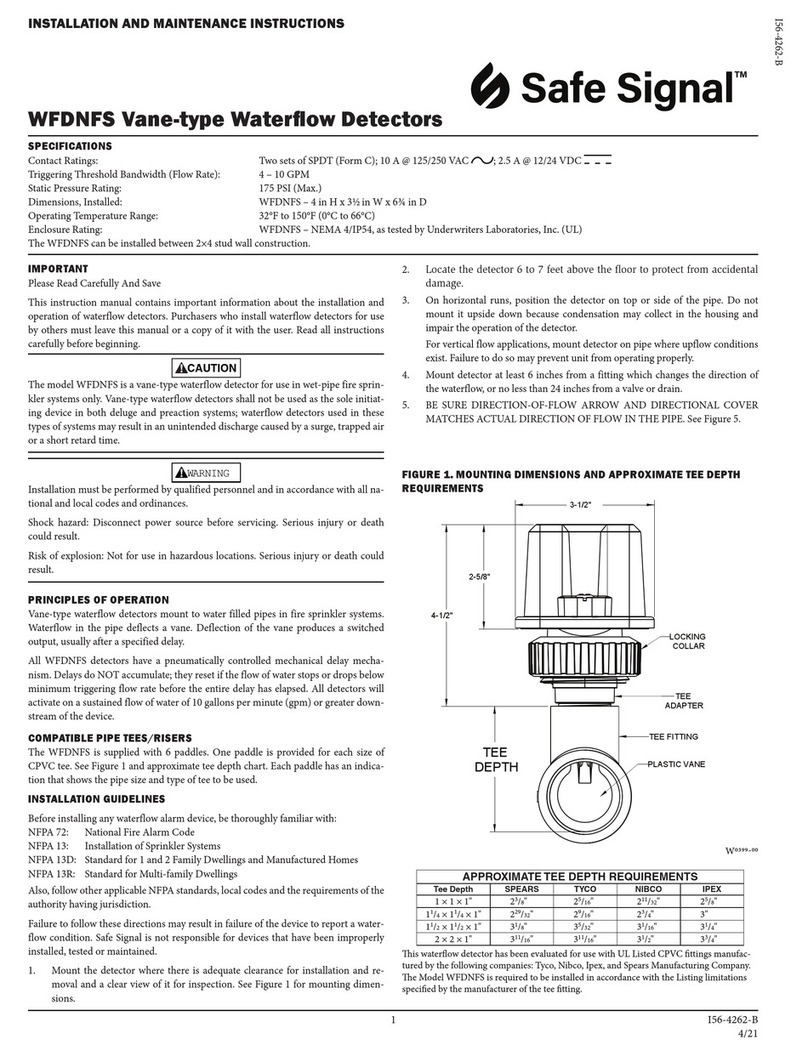
Safe Signal
Safe Signal WFDNFS Installation and maintenance instructions
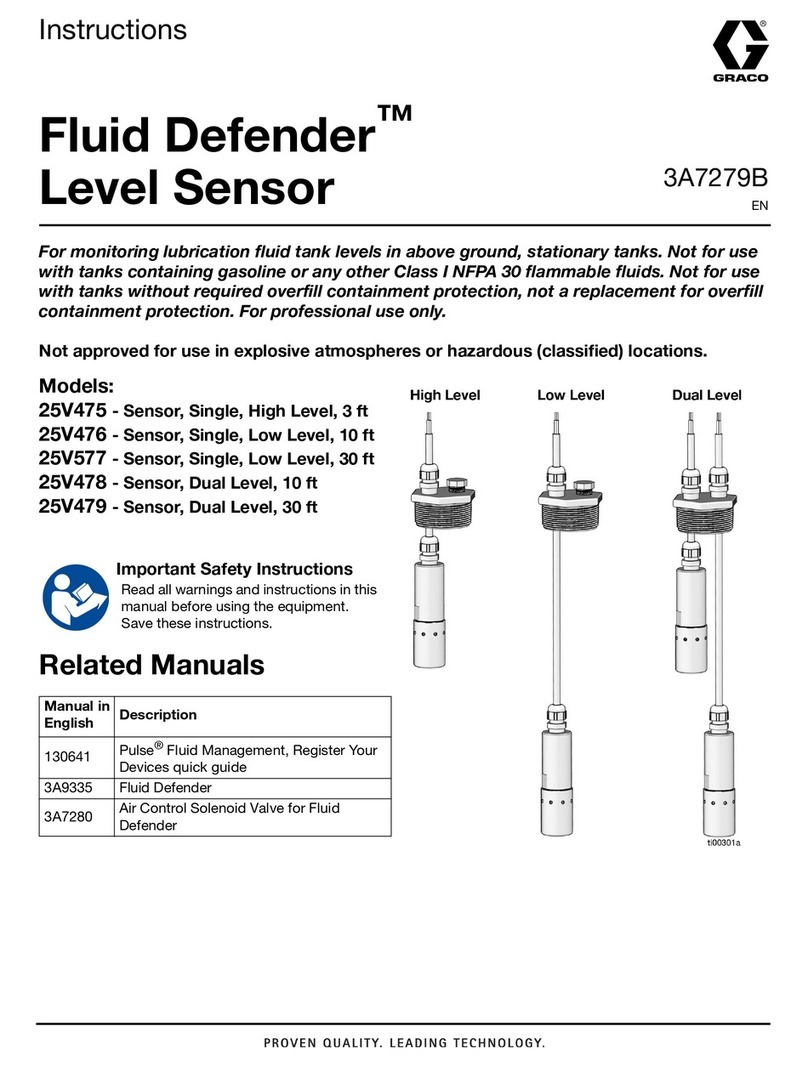
Graco
Graco Fluid Defender 25V475 instructions
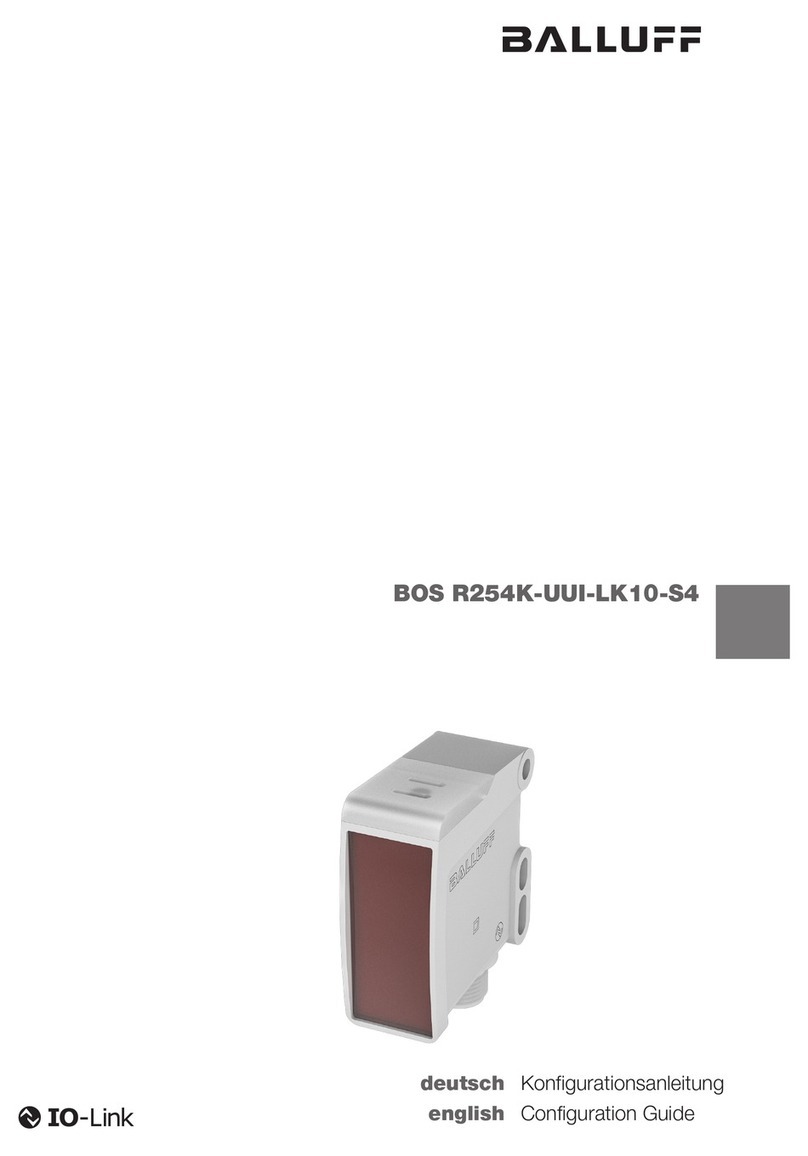
Balluff
Balluff BOS R254K-UUI-LK10-S4 Configuration guide
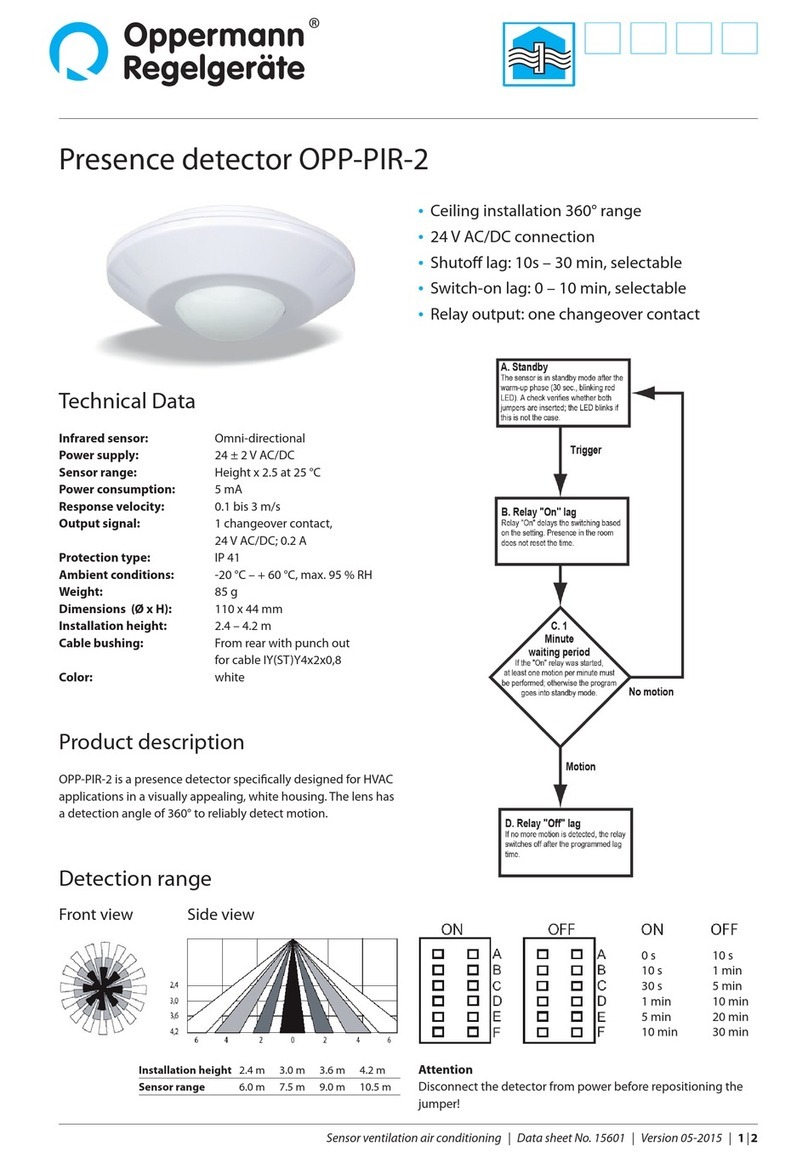
Oppermann Regelgeräte
Oppermann Regelgeräte OPP-PIR-2 manual

Stanley
Stanley LD200 manual
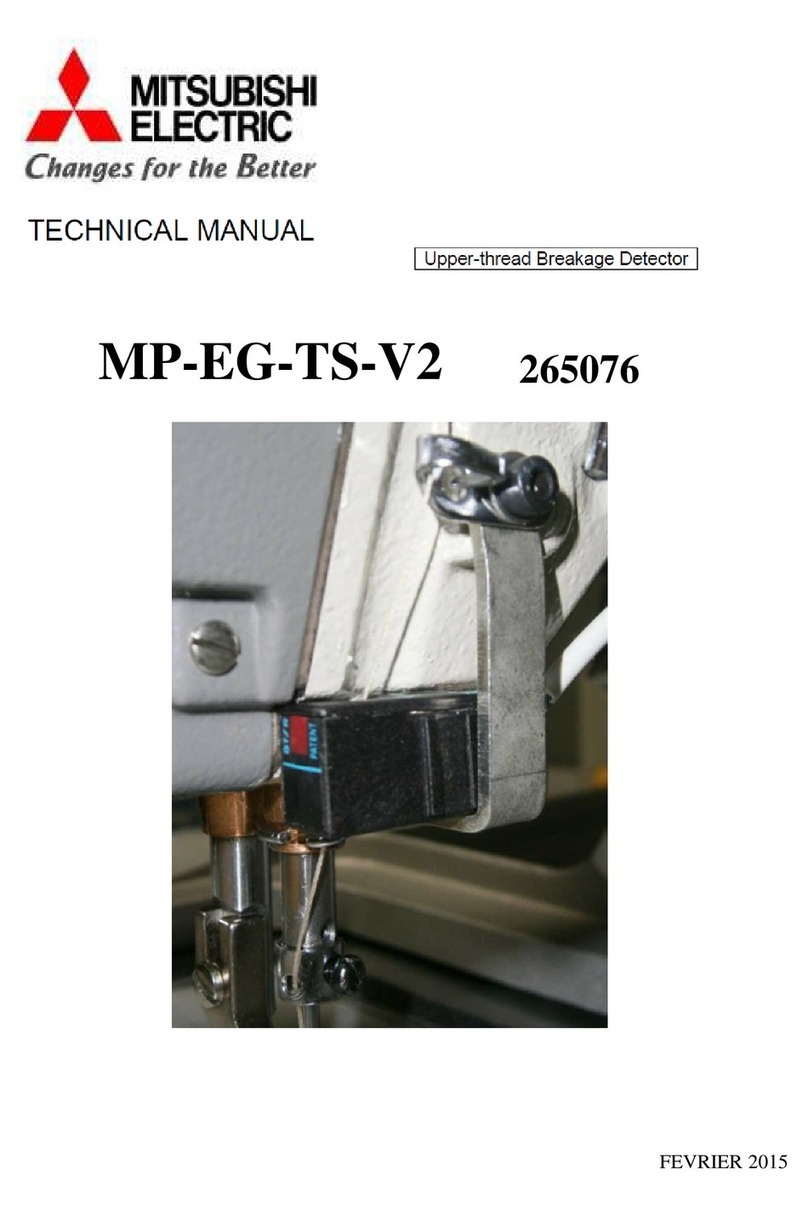
Mitsubishi Electric
Mitsubishi Electric MP-EG-TS-V2 Technical manual

